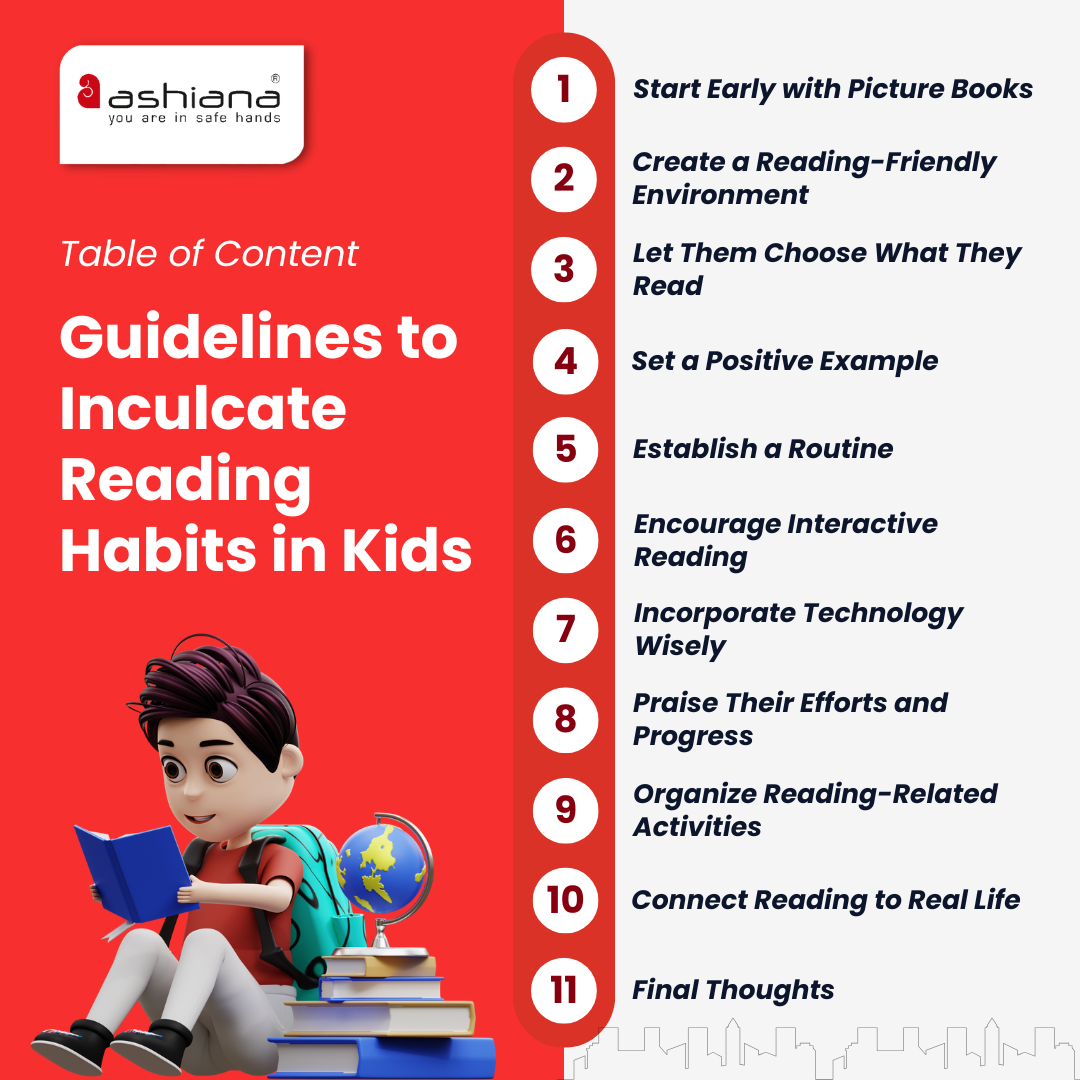
 Here are some tried-and-true tips to inspire young readers and help them make books their lifelong friends!
Here are some tried-and-true tips to inspire young readers and help them make books their lifelong friends!
Children with strong reading skills tend to do better academically, as they can understand and engage with the material they are learning. Furthermore, reading a diverse range of texts can also help children develop their critical thinking skills, which is essential for success in school and life.
Reading to young children is an important way to help them build language skills. It exposes them to new words and ways of using language. It also helps them learn general information about the world, making it easier to learn about new subjects once they get to school.
Reading 20 minutes per day has been shown to have many positive benefits. Did you know…? Children who read 20 minutes a day/5 days a week are exposed to 1.8 million words in one school year. Compare this to students who read 5 minutes per day – they will be exposed to 282,000 words per school year.
Ashiana, Ashiana Housing build homes. Homes surrounded by vast green spaces and fresh breeze. Homes cocooned in secured gated complexes. Homes where futures are forged and there are opportunities to grow. And Homes in environments brimming with healthy activity, trust and respect. At heart, we build communities with care.
Other posts by Ashiana
Join 1000+ of fellow readers. Get expert real estate knowledge straight to your inbox absolutely free. Just enter your email address below.